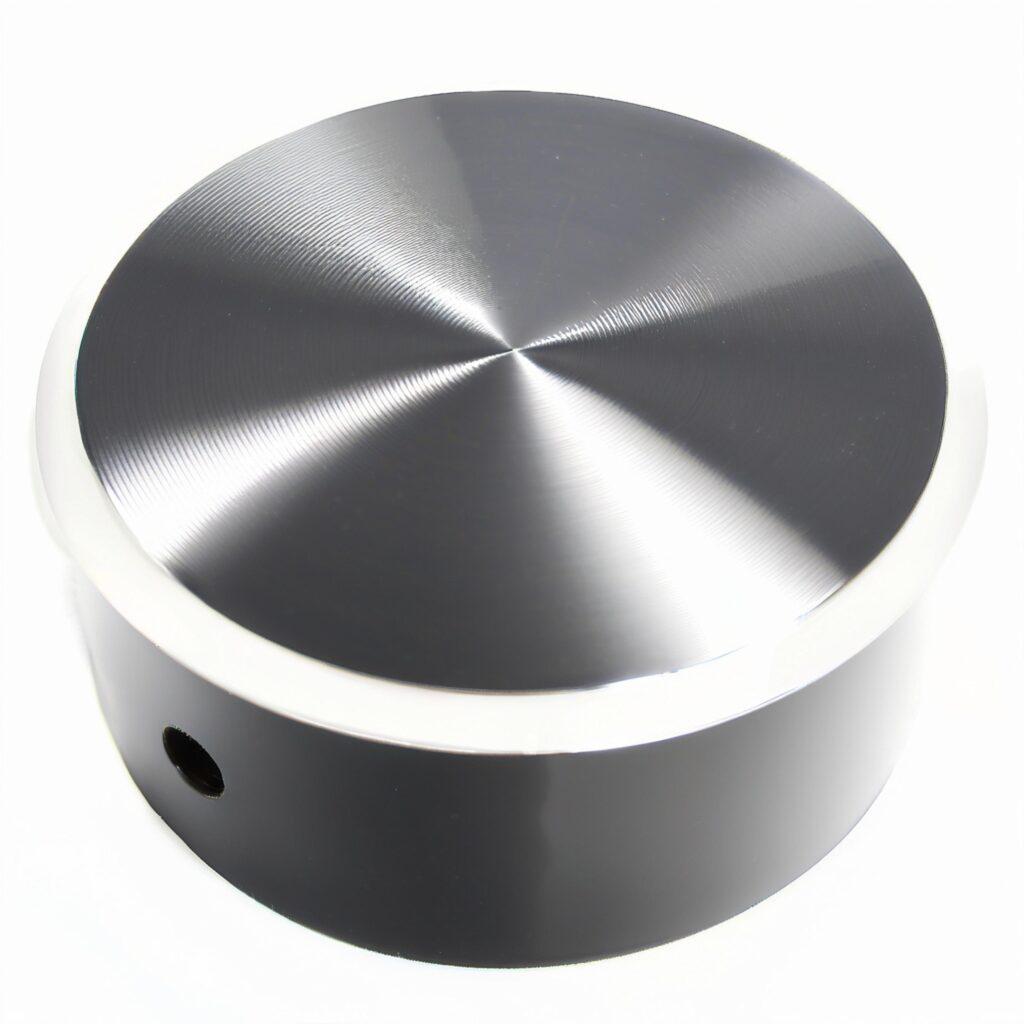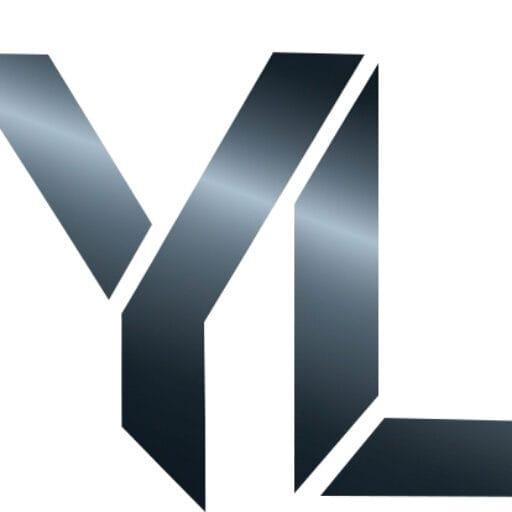Surface treatment cases
We provide one-stop surface treatment solutions, focusing on corrosion protection, wear resistance and aesthetics. Our rich success stories are your guarantee of confidence.
CNC parts surface treatment
Unlock the full potential of your CNC machined parts with a superior surface finish. It’s more than a protective layer—it’s a competitive advantage.
Our finishing services deliver a flawless, premium appearance that elevates your brand and captivates customers. Functionally, we provide unmatched durability, conquering corrosion, wear, and abrasion to extend product life and ensure peak performance. From vibrant anodized colors to resilient powder coats, we provide the essential finishing touch that makes your products not only perform better but also stand out and succeed in the market.
Anodizing
Anodizing is the premier surface treatment to elevate your aluminum CNC parts, transforming them into high-performance, visually stunning components.
Anodizing creates a hard, durable, and corrosion-resistant surface integral to the part itself. This delivers superior wear resistance while enabling a spectrum of vibrant, metallic colors that won’t chip or peel, making it essential for market leaders in consumer electronics, aerospace, automotive, and medical devices.
While the process is best suited for aluminum or titanium and the hard layer can be brittle, our advantages turn these challenges into opportunities.
Our Advantage: We deliver unparalleled quality and speed. Our state-of-the-art facility ensures flawless, batch-to-batch color consistency, meeting rigorous standards like MIL-A-8625. We offer both Type II (decorative) and Type III (hardcoat) anodizing, providing expert consultation to select the perfect finish. With our industry-leading turnaround times, your project stays on schedule without compromising on excellence.
Partner with us to give your products a decisive, high-quality competitive edge that lasts.
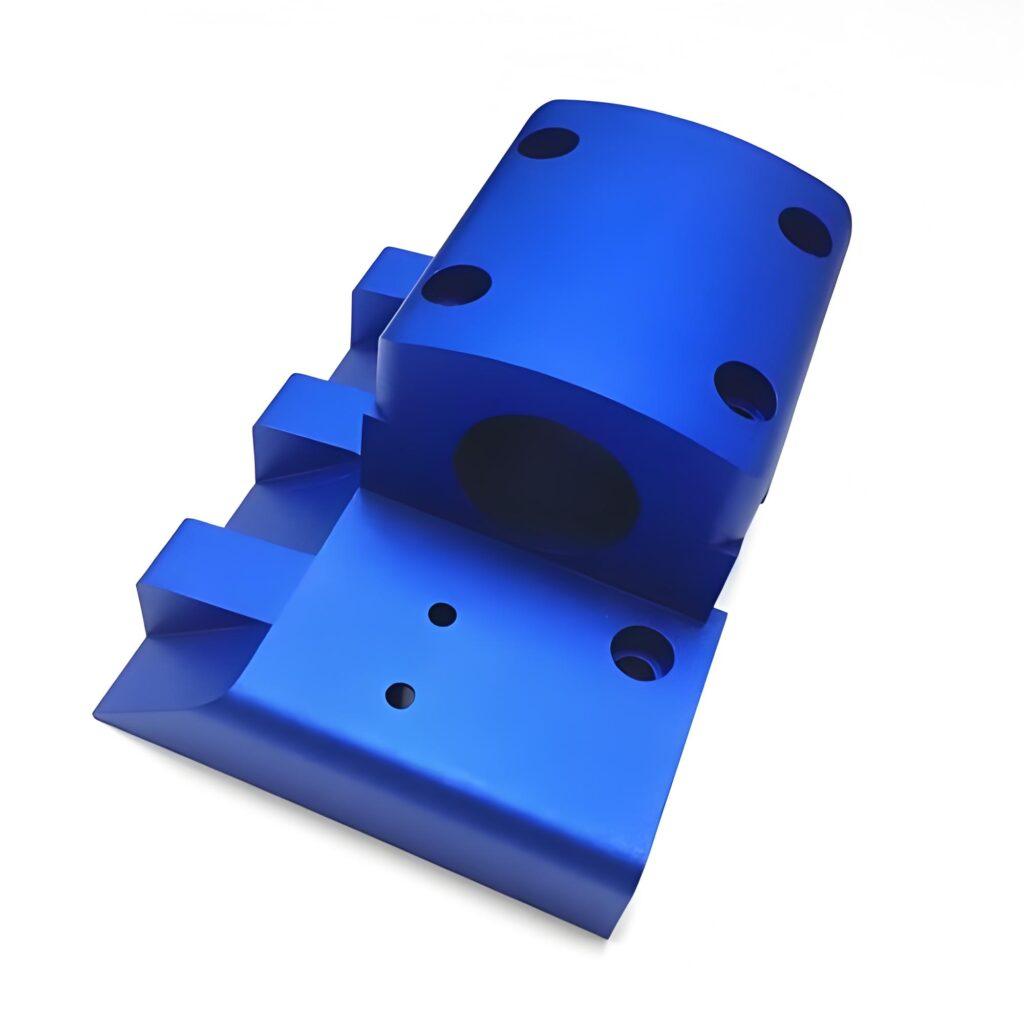
Electroplating
Electroplating is a crucial surface finishing process for CNC machining components. It involves depositing a thin metallic layer onto a substrate, enhancing the part’s properties and aesthetics for various industrial applications. This process is vital for improving the performance of precision CNC machined parts.
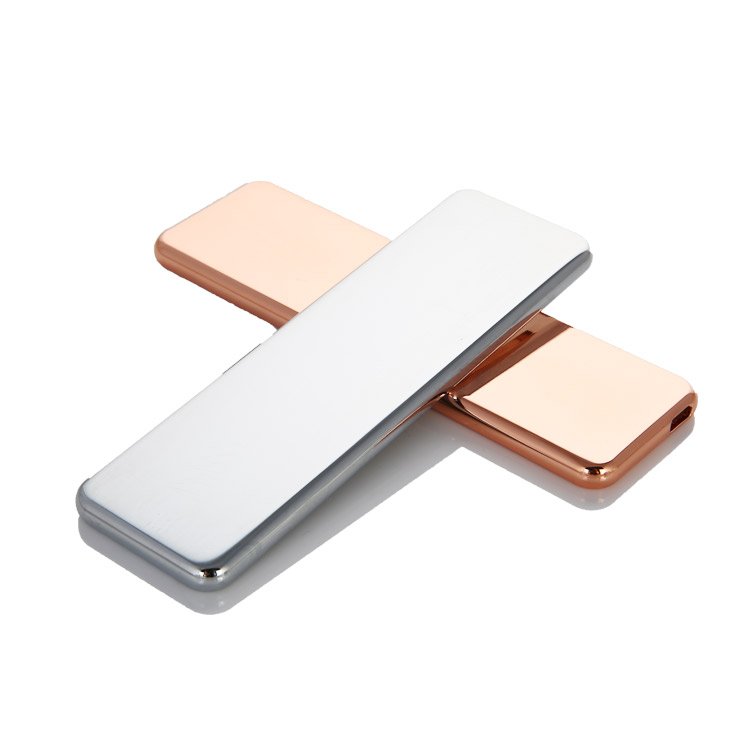
Advantages: Electroplating enhances corrosion resistance, increases hardness, and improves the electrical conductivity of CNC machined parts. This surface treatment also provides a superior decorative finish, adding significant value and durability to the final product.
Disadvantages: The electroplating process for CNC components can involve hazardous chemicals, posing environmental concerns. There is also a risk of uneven coating thickness on complex geometries, which can affect the precise tolerances of CNC machined parts.
Suitable Materials: A wide range of materials used in CNC machining are suitable for electroplating. These include common metals and alloys such as aluminum, brass, copper, and steel, allowing for versatile applications.
Application Industries: Electroplating for CNC machined parts is essential in industries like aerospace, automotive, and electronics. It’s critical for components requiring high performance, longevity, and a specific surface finish in demanding operational environments.
Painting / Powder Coating
Painting and powder coating are key surface finishing processes for CNC machining components. They apply a protective and decorative layer, enhancing the aesthetics and functional lifespan of precision CNC machined parts, making them essential for a final product’s success.
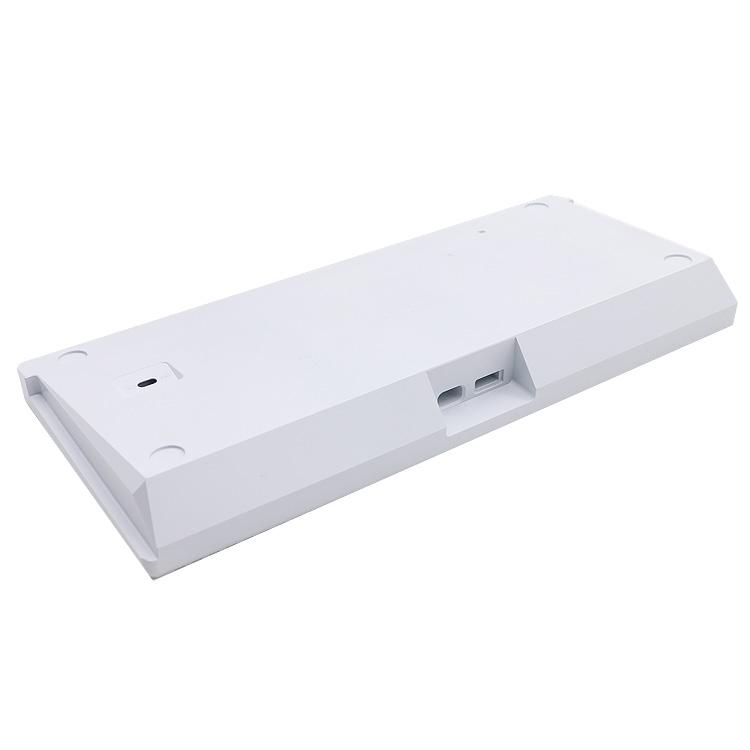
Advantages: These finishes provide robust corrosion resistance and a vast color selection for CNC machined parts. Powder coating excels in creating a thick, durable, and chip-resistant surface, offering superior protection compared to conventional painting for rugged use.
Disadvantages: Painting can involve longer drying times and may be less durable than powder coating. The initial investment for powder coating CNC components is higher, and achieving thin, uniform layers on complex geometries of CNC machined parts can be difficult.
Suitable Materials: A wide range of materials common in CNC machining are perfect for these coatings. Metals such as aluminum, steel, and stainless steel serve as excellent substrates, ensuring strong adhesion for both painting and powder coating.
Application Industries: The versatility of these finishes allows their use across many sectors. CNC machined parts for the automotive, industrial equipment, and consumer electronics industries frequently rely on painting or powder coating for durability and branding.
Polishing
Polishing is a vital surface finishing process for CNC machining, designed to smooth a workpiece’s surface to achieve a high-gloss, reflective finish. This mechanical treatment enhances the aesthetic and functional qualities of precision CNC machined parts, reducing surface roughness significantly.
Advantages: The primary advantage of polishing CNC machined parts is achieving a superior, mirror-like aesthetic and a smooth surface that reduces friction. This process also improves cleanliness by closing microscopic pores on the material’s surface, enhancing corrosion resistance.
Disadvantages: Polishing is a labor-intensive process, which can increase the cost and lead time for CNC machining projects. It can also be challenging to achieve a uniform finish on CNC machined parts with complex internal geometries or intricate details.
Suitable Materials: A variety of materials used in CNC machining are well-suited for polishing. Metals such as stainless steel, aluminum, brass, and titanium respond exceptionally well to polishing, as do certain plastics like acrylic (PMMA) and polycarbonate (PC).
Application Industries: Polishing is critical for CNC machined parts in the medical, aerospace, and decorative hardware industries. It is essential where aesthetics, cleanliness, and low friction are paramount, such as on medical implants and consumer-facing components.
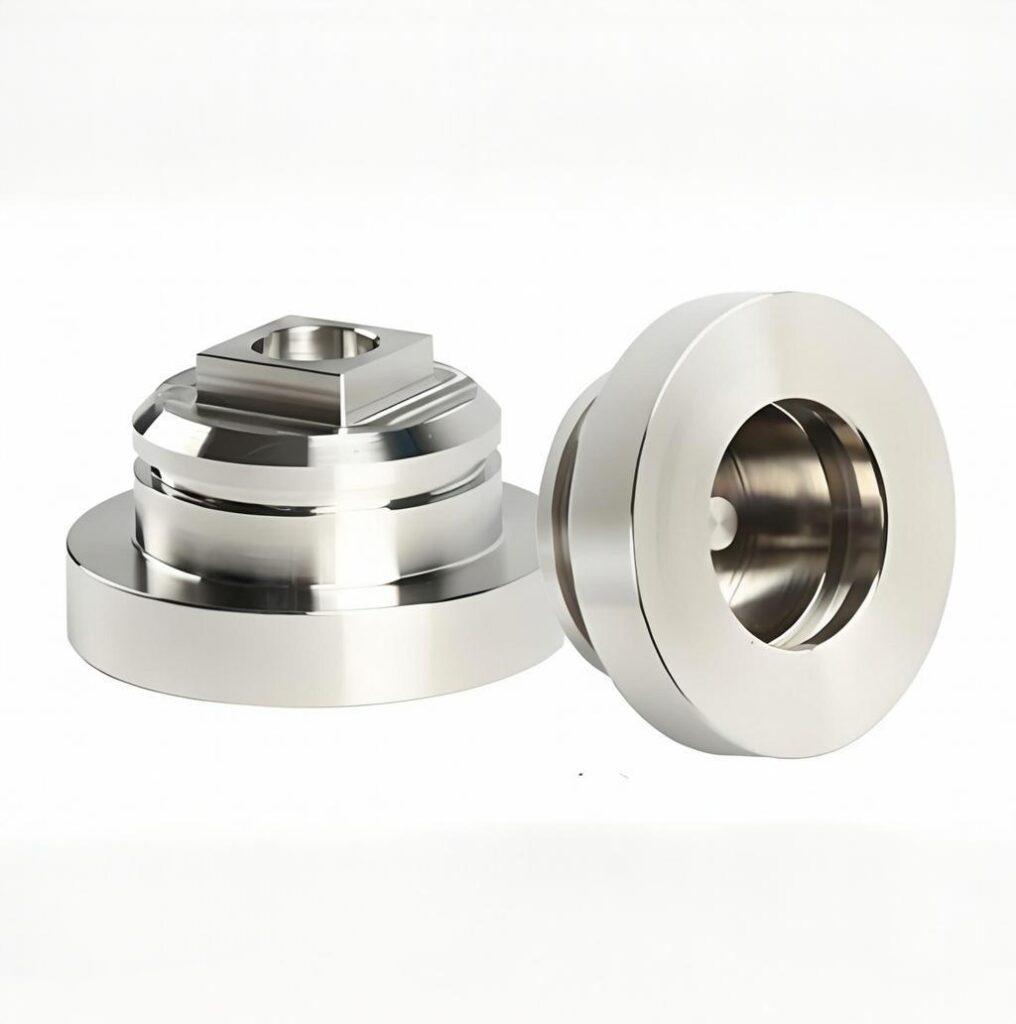
Silk screen
Silk screen printing, or silkscreening, is a value-add process for applying graphics and text onto CNC machined parts. It uses a stenciled mesh screen to transfer layers of ink onto a surface, creating a permanent and professional finish for custom CNC components.
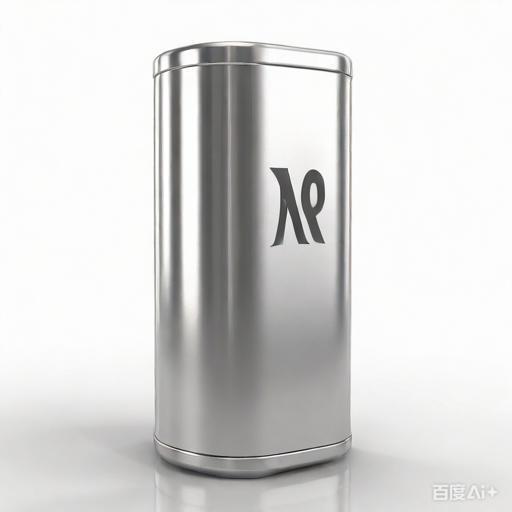
Advantages: For CNC machining, the primary advantage is durability; the ink creates a very strong bond that resists abrasion, chemicals, and UV light. Silk screen printing is also highly effective for producing vibrant, opaque colors on a wide variety of CNC part surfaces.
Disadvantages: The initial setup cost to create the screen makes this method less economical for prototypes or low-volume CNC machining runs. Furthermore, creating intricate, multi-color designs can be complex and time-consuming as each color requires a separate screen and application.
Suitable Materials: Silk screen printing is highly versatile and compatible with most materials used in CNC machining. It adheres exceptionally well to metals like anodized or painted aluminum and steel, as well as various plastics including ABS, polycarbonate (PC), and acrylic.
Passivation
Passivation is a crucial chemical surface treatment for CNC machined parts, designed to enhance their corrosion resistance. This process removes free iron contaminants left from the CNC machining process and forms a protective, passive oxide layer on the component’s surface.
Advantages: The primary advantage of passivation for CNC machining is the significant improvement in corrosion resistance without changing the dimensions or appearance of the part. This chemical cleaning process also removes any foreign material contamination from the CNC machining operations.
Disadvantages: Passivation is not a coating and offers no additional wear resistance to CNC machined parts. The process is not effective on all metals and can be less potent than other finishes like electroplating for protecting against highly corrosive environments.
Suitable Materials: This surface treatment is specifically intended for stainless steel and titanium alloys used in CNC machining. Different grades of stainless steel, such as 304 and 316, are ideal candidates for passivation after the CNC machining is complete to maximize their inherent corrosion resistance.
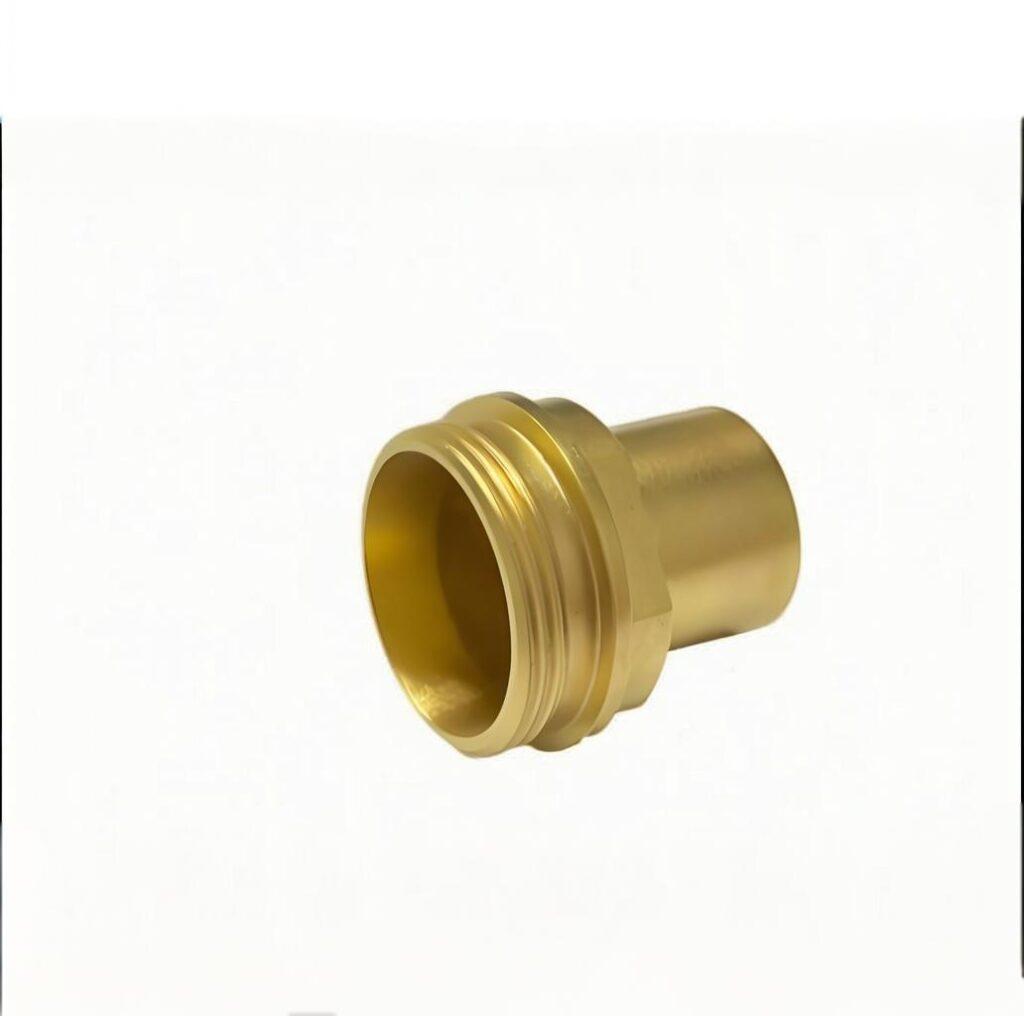
PVD
Physical Vapor Deposition (PVD) is an advanced vacuum coating process used to apply a thin, durable film onto CNC machined parts. This high-tech surface treatment enhances the functional and aesthetic properties of components by depositing a hard coating atom-by-atom in a vacuum chamber.
Advantages: PVD provides exceptional surface hardness and wear resistance for CNC machined parts, significantly extending their service life. This environmentally friendly process also offers superior corrosion protection and a wide range of decorative color options without altering part dimensions.
Disadvantages: The primary drawbacks are the higher cost and complexity compared to other coating methods, requiring specialized vacuum equipment. PVD is a line-of-sight process, making it challenging to coat the internal or complex geometries of some CNC parts uniformly.
Suitable Materials: PVD is highly effective on a variety of materials common in CNC machining, including stainless steel, titanium, and other metal alloys. For optimal adhesion and corrosion resistance, certain materials like steel or brass may require a nickel/chromium electroplated base layer before PVD coating.
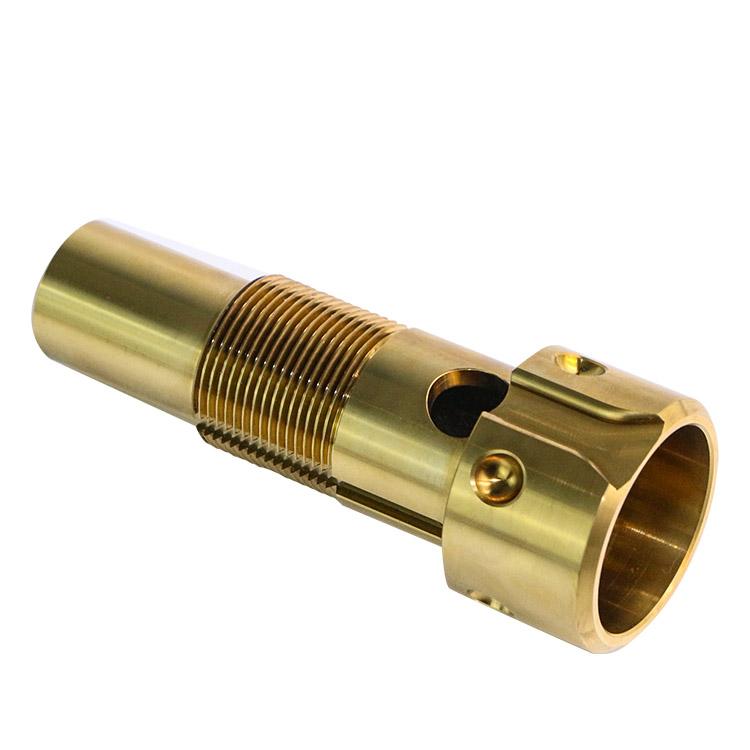
Multicolor Anodized
Multi-color anodizing is a specialized surface treatment that creates distinct, durable color zones on a single CNC machined part. This process involves multiple anodizing and masking steps to apply different dyes, allowing for complex branding, labeling, or decorative finishes on CNC components.
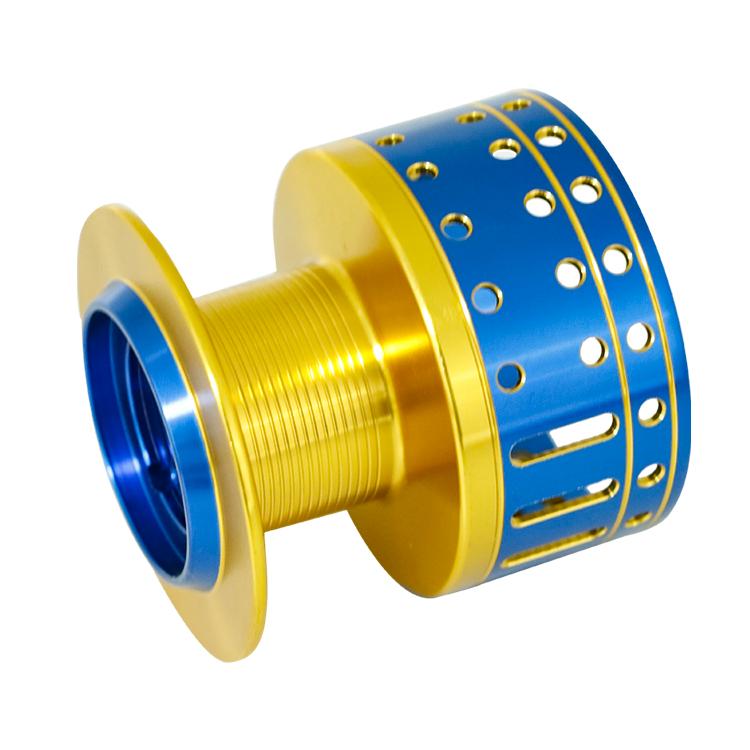
Advantages: The main advantage is the ability to produce vibrant, permanent graphics and multiple colors on one CNC machined part without using paint or ink. This enhances the aesthetic appeal and value of components while retaining the hardness and corrosion resistance of a standard anodized finish.
Disadvantages: This is a labor-intensive and complex process, making it significantly more expensive and time-consuming than single-color anodizing for CNC parts. Achieving sharp, clean lines between colors on intricate CNC machined geometries requires high precision and expertise.
Suitable Materials: Multi-color anodizing is primarily performed on aluminum alloys, which are widely used in CNC machining. Different aluminum grades, such as 6061 and 7075, are excellent candidates for this process, allowing for rich and consistent color application after CNC machining.
High gloss CD pattern
The high-gloss CD pattern, or CD grain, is a premium decorative surface finish for CNC machined parts. This process involves precision diamond cutting on a CNC lathe to engrave fine, concentric circles that create a unique, light-reflecting effect similar to a compact disc.
Advantages: The primary advantage of this finish is its stunning, high-end metallic texture, which significantly enhances the aesthetic value of CNC parts. This precision CNC machining technique creates a dynamic visual effect that adds a sense of quality and sophistication to any product.
Disadvantages: This finish is purely decorative and offers no additional corrosion or wear resistance. The process requires highly precise CNC machining and tooling, making it more expensive and time-consuming than standard surface finishes for CNC machined parts.
Suitable Materials: The high-gloss CD pattern effect is best achieved on metallic materials with good reflectivity. Aluminum and its alloys, commonly used in CNC machining, are the most popular choices, though stainless steel and other metals can also be used for this premium finish.
